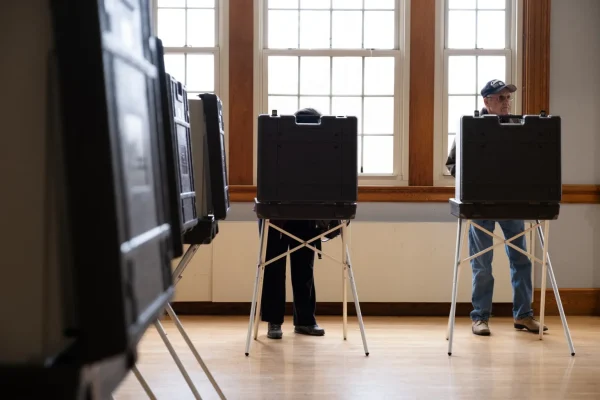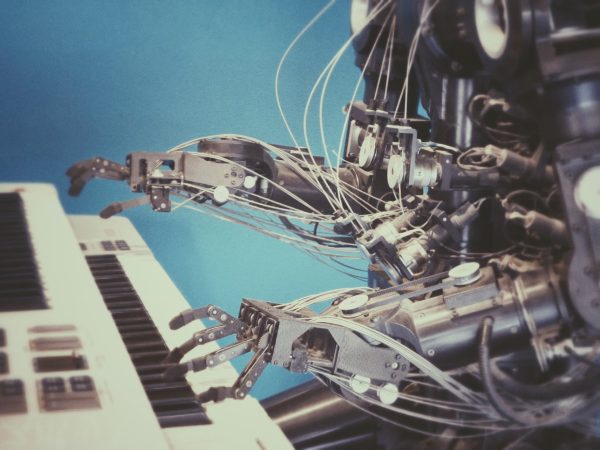Climate change activism: Is all press good press?
Photo courtesy of @ultima.generazione on Instagram.
Climate change activists glue their hands on a painting, July 22, 2022.
Perspective
Over the last few months, climate change activist groups have made headlines, though typically not for the right reasons. From throwing tomato soup on Vincent Van Gogh’s Sunflowers to dumping bottles of milk in the middle of supermarkets, these groups have attempted to use a new type of press to bring awareness to the issue of climate change.
Over the summer, activists in the United Kingdom, Germany and Italy glued their hands to an array of artworks. These included J.M.W Turner’s “Thomson’s Aeolian Harp” in the U.K. as well as Leonardo da Vinci’s “The Last Supper”. Members of the Italian group Ultima Generazione (Last Generation) also glued themselves to an ancient statue of the priest “Laocoon” at the Vatican Museums.
On Oct. 14, two activists associated with the climate group Just Stop Oil tossed a can of tomato soup at Van Gogh’s universally recognizable painting of a vase of sunflowers. The activists, wearing t-shirts with the group’s name in bold letters, proceeded to super-glue their bare hands to the wall below the painting. The painting, unsurprisingly, was protected by glass and was unharmed.
On Oct. 15, teens conducted ‘milk pours’ across eight locations in the U.K. Participants poured out containers of cow-produced milk at these locations. In videos taken of the event, activists are seen pouring milk not only on supermarket floors but on or near other store merchandise – such as on a large cheese wheel and in front of a steak station.
On Oct. 23, German activists of the German Letzte Generation (Last Generation) threw mashed potatoes on Claude Monet’s “Grainstacks (Sunset)” before, similarly, gluing their hands to the museum wall. “Grainstacks (Sunset)” was left undamaged, having been protected by glass.
On Oct. 31, climate activists in the U.K sprayed neon orange paint, using fire extinguishers, across four governmental buildings. The buildings – including the Home Office, the M15 Building, the Bank of England, and the headquarters of News UK at London Bridge – were reportedly chosen to represent the four pillars that support and maintain the success of the fossil fuel industry.
More recently Rainn Wilson, who is best known for playing Dwight Schrute in “The Office,” changed his name to “Rainnfall Heat Wave Extreme Winter Wilson.”
While these protests constitute eye-catching attempts to raise awareness, there have been countless others with one goal in mind: to instill the idea that climate change is an urgent threat. While this sentiment can be felt in many of the aforementioned events, it can be argued that the message behind these events falls flat.
Instead of looking at what citizens can do, news outlets and general discussions talked more about soup and glue and less about global doom. These protests come off as silly and childlike.
Protests involving artwork – specifically with Sunflowers and Grainstacks – generate more attention to the nature of the protests, where the focus should be on the goals of the climate change organizations the activists represent. While these paintings were chosen for specific reasons that relate to the climate change conversation, they are overlooked for the more eye-catching details of the specific protests.
If climate activists found better ways to integrate these ideas into sustainable programs and initiatives, the press surrounding their actions would be more successful, helping to develop their missions instead of hindering it. As well, a different approach would help to make these protesters gain better global traction for action. Currently, many of these protests sound like these groups are only reiterating how harmful some industries are to the planet – a fact that has already been proven.
Climate change is a major threat to humanity. Its effect on temperature, storm development, migration and infrastructure have already been confirmed again and again. This November, at the most recent United Nations (U.N.) annual climate conference, known as COP27, the U.N. chief told global leaders that it was time to “cooperate or perish.” This is not the first, nor last, time a statement of this degree has been made on the subject.
Moreover, a more focused, relatable and actionable protest would send a better message. The activists throughout the spring and fall were largely one-time events that regular citizens could not utilize to make changes in their own lives to aid in fighting climate change. Further, actions such as vandalization and dumping store-owned products may emphasize a sense of urgency, the focus goes to the protests, not the message.
In the end, the press that these climate protests have garnered has not resulted in the change these activists want to see. In fact, in some cases, protests have hindered or negatively affected the international view of the significant need for climate action. By being mindful of public perception and interests, climate activism in the future may be able to achieve better press, resulting in more global action.






